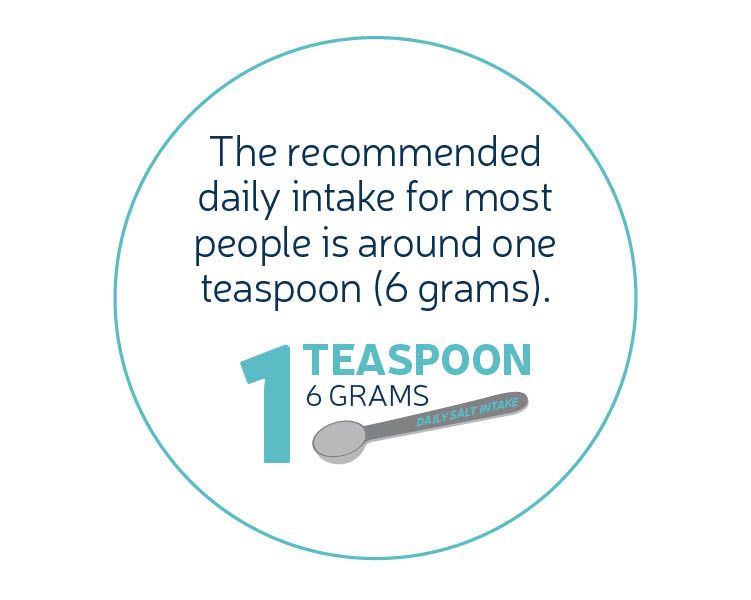Animals instinctively forged paths to salt licks (natural salt sources), men followed, trails became roads and salt routes made their way across the world.
When early humans ate primarily wild game, they ingested sufficient salt to meet their dietary requirements but as they turned to agriculture there became a need to supplement salt.
In Roman times salt was a valuable commodity, referred to as ‘white gold’. Soldiers were often paid in salt. The phrase ‘worth your salt’ or ‘you are the salt of the earth’ referred to the high value of salt.
Salt, sodium chloride (NaCl) is a mineral essential for life. It is made up of around 40% sodium and the rest chloride. Your body uses salt to balance fluids and electrolytes and maintain healthy blood pressure, transport nutrients, and is essential for nerve and muscle function, including the heart. It’s impossible to live a life without any salt, but this isn’t a problem for most of us, the average Kiwi is consuming double the recommended amount of salt.

Salt in general is one of three types – Table Salt, Sea Salt, or Rock Salt.
Table salt (refined salt)
This is the stuff you’ll find in most saltshakers and in processed foods. It is originally produced from either salt mines or evaporated ocean water. Table salt is chemically cleaned and stripped of most of its trace minerals reducing its natural nutrients. It is then reheated and anti-caking agents such as sodium aluminosilicate and silicon dioxide are added so it will flow freely. It is often fortified with iodine.
Sea salt
Sea salt is produced from evaporated sea water. Depending on the area the water is coming from, sea salts can vary quite a bit. It contains minerals like calcium, magnesium, potassium, and sulphur. While it is less processed than table salt, it can contain trace amounts of heavy metals like mercury and lead because of the pollutants in the ocean. Sea salt is available as fine grains or crystals.
Rock Salt (halite)
Himalayan rock salt is found in its solid state and harvested from mines in Pakistan. It is one of the few rock salts that are used in cooking. Its beautiful pink colour comes from small amounts of iron oxide. It has a much coarser texture than sea salt. Studies show it has significantly higher amounts of minerals than in table salt, particularly in calcium, magnesium, and potassium. Both rock salt and sea salt are natural, contain the lowest amount of sodium and have the highest amounts (over 75) of trace minerals.
In my pantry you will find ‘RealSalt®’. It’s been my go-to for many years and here’s why: the source can be traced back to an ancient sea bed in Utah free of pollutants. It has nothing added or removed and contains a full spectrum of minerals. I like the slightly sweet taste.
Consuming too much salt increases the risk of high blood pressure, increasing the risk of stroke, heart disease and other health problems. It is the sodium in salt that is the issue and around 75% of sodium in our diet comes from processed foods and takeaways. So rather than tossing out the salt shaker, try swapping processed foods for whole foods which are rich in minerals, vitamins, fibre, and essential nutrients. Leaving you to enjoy a pinch of salt on your favourite dish.